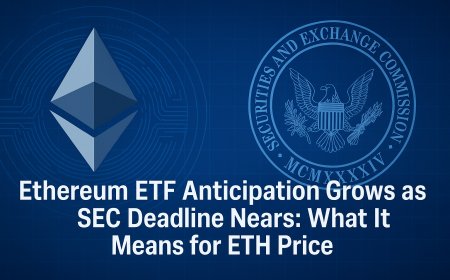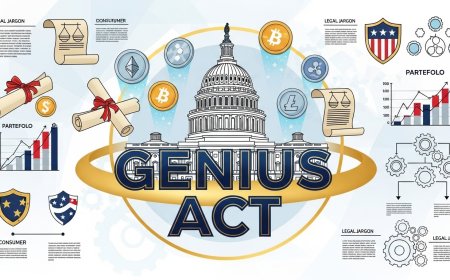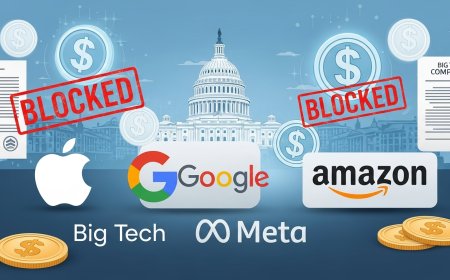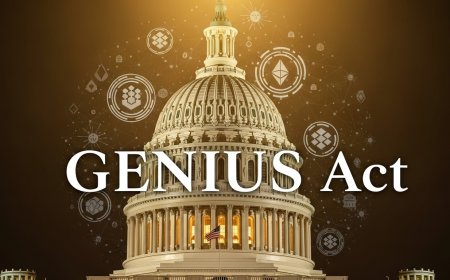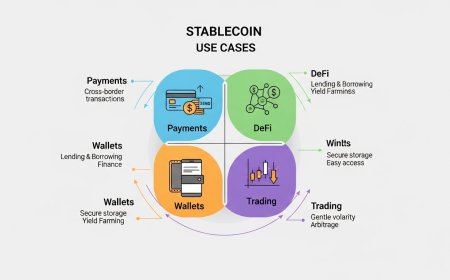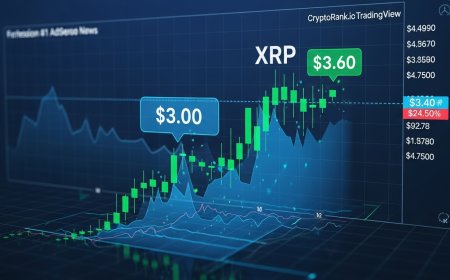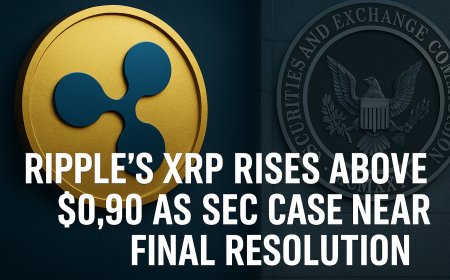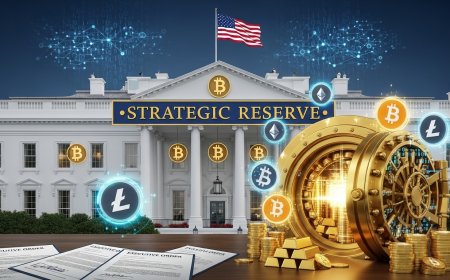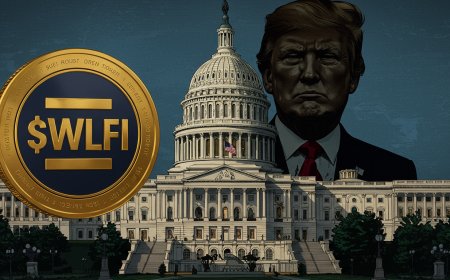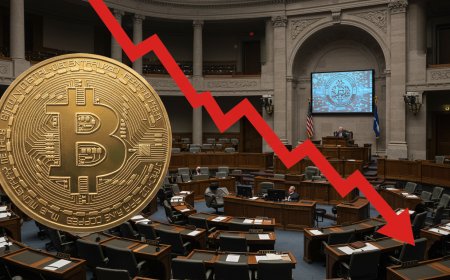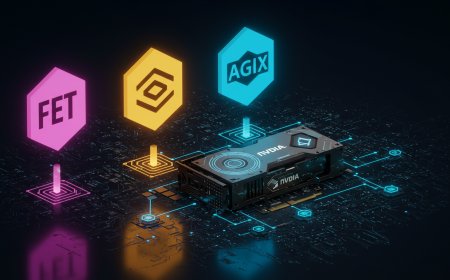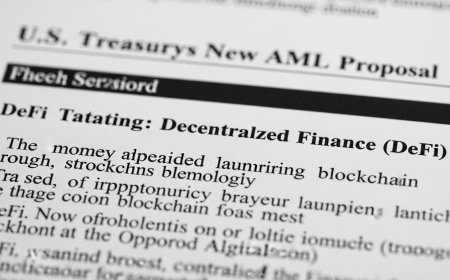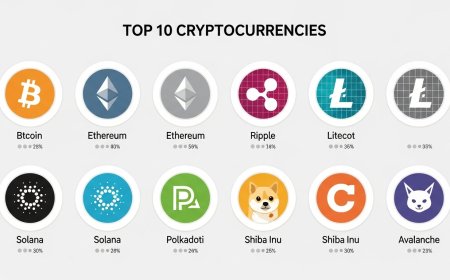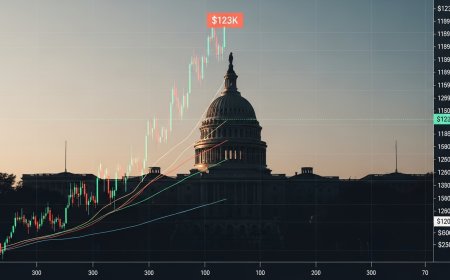U.S. Treasury Targets DeFi in New AML Proposal
The U.S. Treasury proposes new anti-money laundering rules targeting DeFi platforms, raising compliance concerns across the Web3 space.
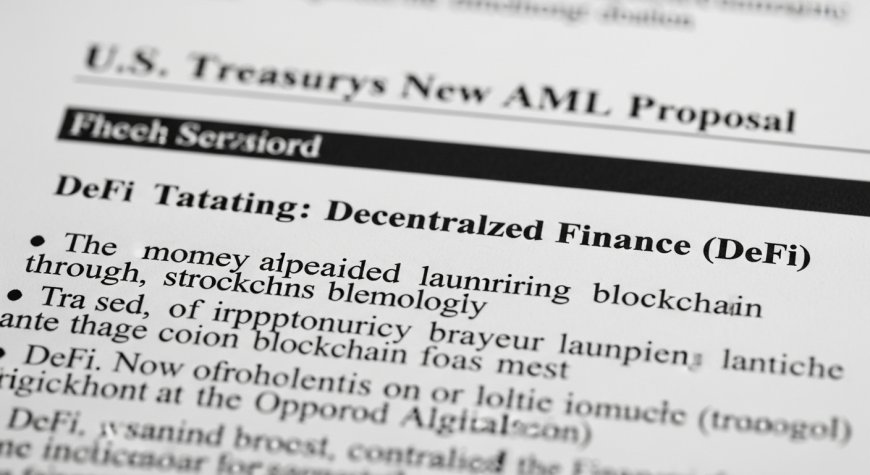
U.S. Treasury Intensifies Anti-Money Laundering Focus on DeFi: What It Means for the Future of Decentralized Finance
The U.S. Treasury Department has taken a decisive stance on regulating decentralized finance (DeFi) platforms, marking a significant shift in how federal authorities approach cryptocurrency and blockchain-based financial services. This comprehensive analysis examines the Treasury's anti-money laundering (AML) initiatives targeting DeFi and their far-reaching implications for the industry.
Understanding the Context: Why DeFi Caught Regulatory Attention
Decentralized Finance, or DeFi, represents a revolutionary approach to financial services that operates without traditional intermediaries like banks. Instead, DeFi platforms use blockchain technology and smart contracts—self-executing computer programs—to facilitate peer-to-peer transactions, lending, borrowing, and trading of digital assets.
The rapid growth of DeFi has created new opportunities but also new challenges for regulators. Traditional banking systems have built-in compliance mechanisms, including Know Your Customer (KYC) procedures and transaction monitoring systems. DeFi platforms, by their decentralized nature, often lack these conventional oversight mechanisms, creating what regulators view as potential vulnerabilities for money laundering and other illicit activities.
Treasury's 2023 DeFi Risk Assessment: The Foundation for Action
In April 2023, the Treasury Department published the world's first comprehensive illicit finance risk assessment specifically focused on DeFi. This groundbreaking report identified several key concerns that have shaped subsequent regulatory approaches.
The assessment considers risks associated with what are commonly called DeFi services, with the term broadly referring to virtual asset protocols and services that purport to allow some form of automated peer-to-peer transactions, often through use of self-executing code known as "smart contracts" based on blockchain technology.
The report highlighted that bad actors are using DeFi services to transfer and launder their illicit proceeds, largely by capitalizing on vulnerabilities stemming from the lack of AML/CFT controls for DeFi services and lack of compliance with BSA obligations.
Key Components of Treasury's Regulatory Approach
Strengthening AML/CFT Supervision
The Treasury's strategy focuses on several core areas:
Enhanced Industry Outreach: The Treasury proposes strengthening U.S. AML/CFT supervision of virtual asset activities, including outreach to industry to highlight when regulations apply to DeFi services, and based upon feedback, consider taking additional measures.
Resource Allocation: The 2024 Strategy states that Treasury plans to ensure federal regulators are sufficiently resourced to supervise those engaged in virtual asset activities and effectively enforce AML/CFT and sanctions violations.
Modernized AML Programs: FinCEN is proposing a rule to strengthen and modernize financial institutions' anti-money laundering and countering the financing of terrorism (AML/CFT) programs pursuant to a part of the Anti-Money Laundering Act of 2020 (AML Act).
Addressing Regulatory Gaps
The US Department of the Treasury has recommended actions to address a regulatory gap identified in the anti-money laundering and countering the financing of terrorism regime governing DeFi services.
The Treasury's approach acknowledges that existing financial regulations may not adequately address the unique characteristics of decentralized systems, requiring new frameworks and interpretations.
Impact on DeFi Projects and Users
For DeFi Protocols
The Treasury's initiatives will likely require DeFi platforms to implement several new compliance measures:
- Identity Verification: Many DeFi platforms may need to adopt KYC procedures, potentially ending the anonymous nature of many transactions
- Transaction Monitoring: Protocols might need to implement systems to detect and report suspicious activities
- Compliance Infrastructure: Platforms may need to hire compliance officers and implement reporting mechanisms
- Geographic Restrictions: Some services might become unavailable in certain jurisdictions to avoid regulatory complications
For Individual Users
Users of DeFi platforms may experience:
- Reduced Privacy: Increased identity verification requirements could limit the pseudonymous nature of blockchain transactions
- Higher Costs: Compliance infrastructure typically increases operational costs, which may be passed on to users
- Limited Access: Some platforms might restrict access to U.S. users or require additional verification steps
- Enhanced Security: Improved compliance measures could potentially reduce the risk of interacting with illicit funds
Challenges and Controversies
Technical Implementation Challenges
The decentralized nature of DeFi creates unique regulatory challenges:
- No Central Authority: Unlike traditional financial institutions, many DeFi protocols operate without a central controlling entity, making it unclear who would be responsible for compliance
- Code as Law: Smart contracts execute automatically based on pre-programmed rules, potentially conflicting with dynamic regulatory requirements
- Global Accessibility: DeFi platforms operate across international borders, complicating jurisdictional enforcement
Community Concerns
The DeFi community has raised several concerns about increased regulation:
- Innovation Stifling: Some argue that heavy regulation could slow innovation and development in the DeFi space
- Centralization Risks: Compliance requirements might push DeFi platforms toward more centralized models, potentially undermining their core value proposition
- Competitive Disadvantage: Strict U.S. regulations might drive DeFi development to more permissive jurisdictions
Philosophical Tensions
The regulatory approach raises fundamental questions about the balance between financial innovation and regulatory oversight. While regulators emphasize the need to prevent illicit activities, DeFi advocates argue that decentralization and financial privacy are fundamental rights that shouldn't be compromised.
Industry Response and Adaptation
The DeFi industry has begun adapting to the regulatory landscape in various ways:
- Compliance-First Protocols: New DeFi projects are increasingly building compliance features from the ground up
- Regulatory Sandboxes: Some projects are working with regulators to test compliant DeFi models
- Geographic Segregation: Some platforms are creating separate versions for different jurisdictions with varying compliance requirements
Balancing Innovation and Regulation
The Treasury's approach reflects a broader challenge facing financial regulators worldwide: how to maintain financial system integrity while allowing for innovation. The regulatory framework aims to achieve several objectives:
Regulatory Goals
- Prevent money laundering and terrorist financing
- Protect consumers from fraud and market manipulation
- Maintain financial system stability
- Ensure fair and transparent markets
Community Priorities
- Preserve financial innovation and experimentation
- Maintain accessibility to financial services
- Protect user privacy and autonomy
- Foster global financial inclusion
Looking Forward: The Evolution of DeFi Regulation
The Treasury's anti-money laundering focus on DeFi represents the beginning of a longer regulatory evolution rather than a final destination. As the technology continues to develop and regulators gain more experience with decentralized systems, we can expect continued refinement of these approaches.
The success of this regulatory framework will largely depend on finding the right balance between protecting the financial system from illicit activities while preserving the innovative potential of decentralized finance. This balance will likely require ongoing dialogue between regulators, technologists, and the broader financial community.
The ultimate outcome will shape not only the future of DeFi but also the broader relationship between traditional financial regulation and emerging blockchain-based technologies. As this regulatory landscape continues to evolve, stakeholders across the ecosystem must remain engaged in shaping policies that protect both innovation and financial integrity.
This analysis is based on publicly available information and regulatory documents. The regulatory landscape for DeFi continues to evolve rapidly, and stakeholders should consult current regulatory guidance and legal counsel for the most up-to-date compliance requirements.
What's Your Reaction?
 Like
0
Like
0
 Dislike
0
Dislike
0
 Love
0
Love
0
 Funny
0
Funny
0
 Angry
0
Angry
0
 Sad
0
Sad
0
 Wow
0
Wow
0









